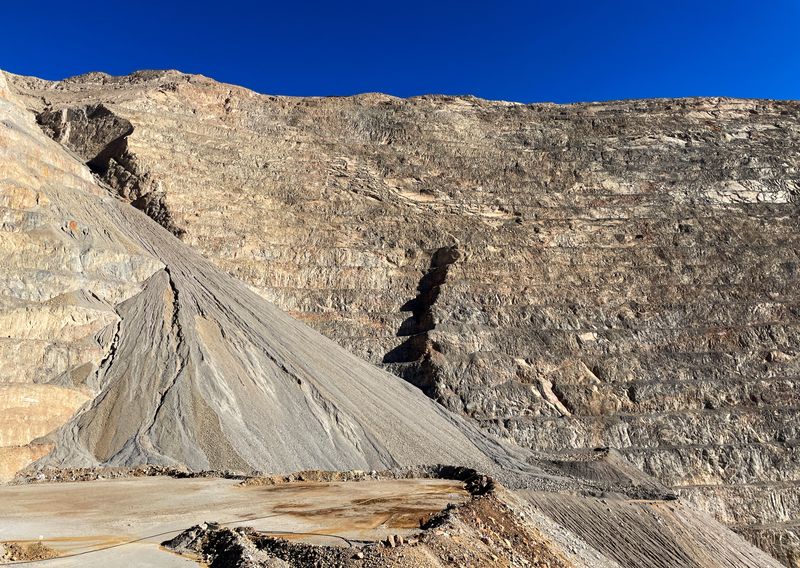
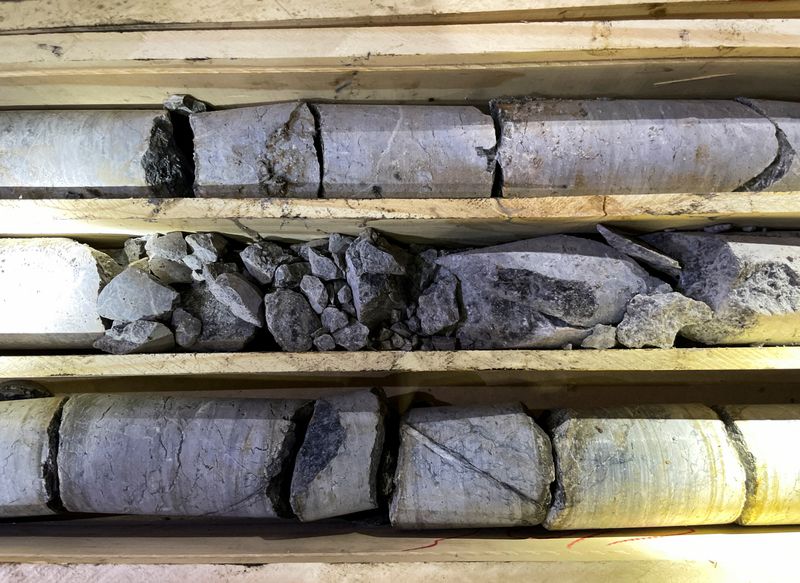
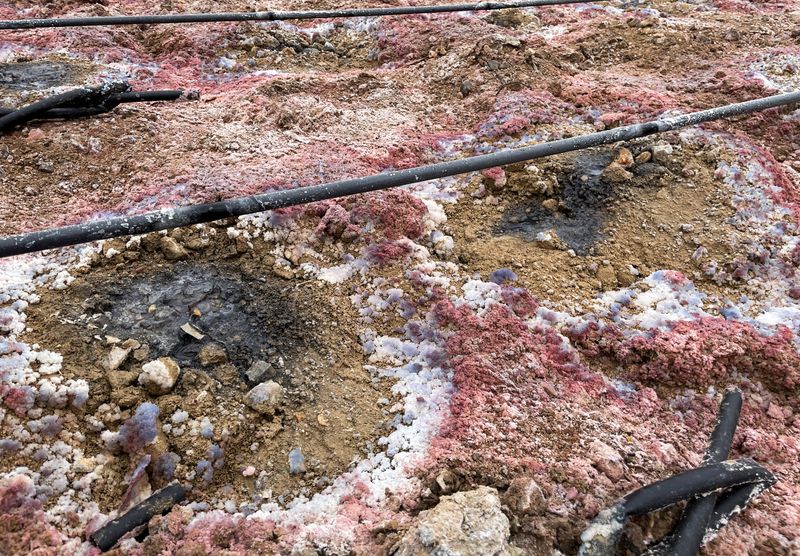
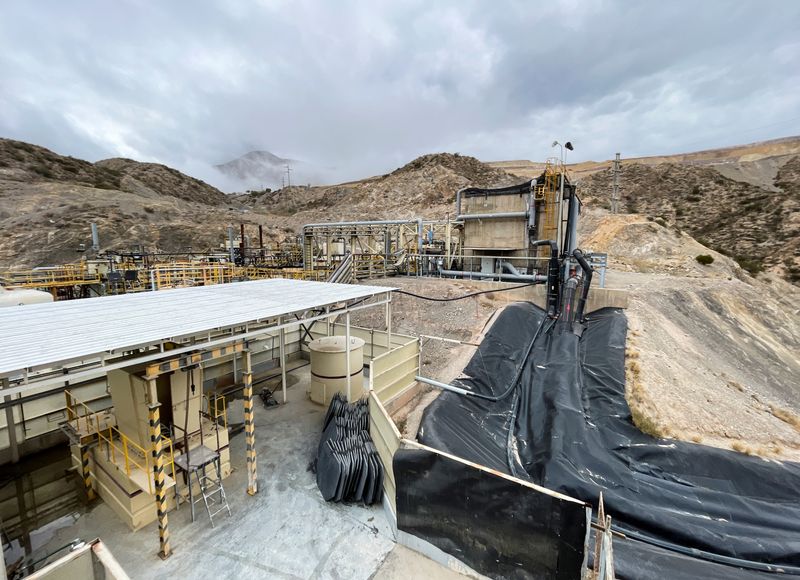
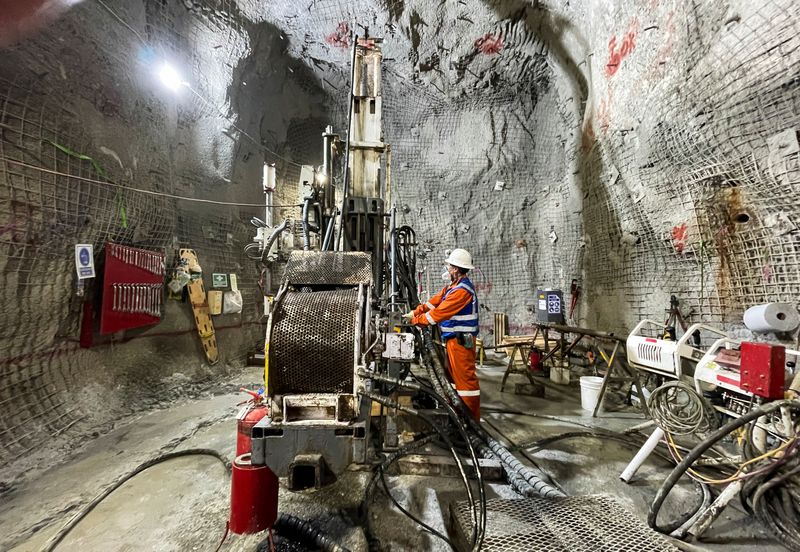
(Corrects paragraph 10 to show the mine contains 3 million ounces of economically viable gold reserves, not 2 million ounces)
By Lucila Sigal
JACHAL, Argentina (Reuters) -Argentina's Gualcamayo gold mine is aiming to build a new $665 million project it hopes will qualify for a new government incentive program, executives said in a recent press tour of the site.
Only two mining projects, both in lithium, have so far been approved for Argentina's Large Investment Incentive Regime, or RIGI, which went into effect in October under President Javier Milei.
Gualcamayo originally proposed a $1 billion investment under the scheme, but scaled back its application in June following government talks about how to best meet the RIGI requirements, Ricardo Martinez, executive director of project owner Minas Argentinas, said in an interview earlier this month.
Minas Argentinas, a part of Aisa Group, bought the mine in 2023 when it was close to closing, but now produces 50,000 to 55,000 ounces of gold a year from secondary recovery, a process of leaching ore that has already gone through a first cycle of extraction.
The plan includes construction of a new mine, a pressure oxidation plant, and a 50 megawatt solar park to feed the project.
RIGI was designed to kick-start investments only through July 2026, with a possible one-year extension. It offers lengthy tax breaks and access to international dispute courts for investments exceeding $200 million.
"It's important that we have the RIGI for legal security," Martinez said, adding that the main challenge is for current mining regulations to remain in place.
The new mine, called Carbonatos Profundos, will be located under the current one and will produce gold from sulfides rather than oxides. The company aims to produce 120,000 ounces of gold annually starting in 2029 with a 17-year lifespan, yielding about $400 million in exports a year, executives said.
Gold production has dipped across Argentina as mines grow older and lose their high-quality ore. Still, the metal is Argentina's top mining export, accounting for 68% of the total.
Gualcamayo aims to start construction of the new mine and processing plant in 2027, Martinez said, adding that the mine has 3 million ounces of economically viable gold reserves, part of 5 million ounces of certified resources found in 3% of the 40,000-hectare property. The rest has yet to be explored.
Martinez said high global demand and prices for gold have made the company optimistic.
"Today, the gold you produce is taken out of your hands," he said.
(Reporting by Lucila Sigal; Editing by Mark Porter)

 Reuters US Economy
Reuters US Economy
 America News
America News Reuters US Top
Reuters US Top Associated Press US News
Associated Press US News AlterNet
AlterNet Raw Story
Raw Story WMUR Politics
WMUR Politics Washingtonian
Washingtonian